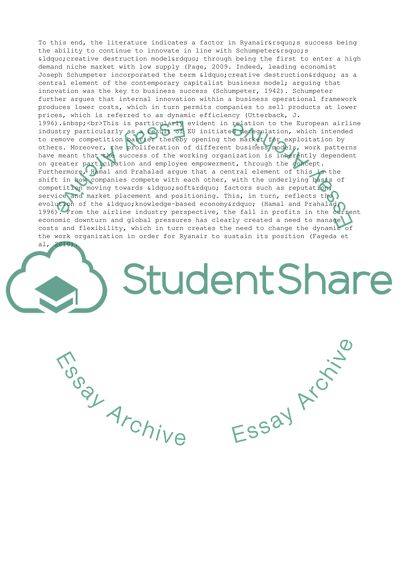Cite this document
(RyanAir and Its Dominance in the European Low-Cost Airline Market Literature review - 1, n.d.)
RyanAir and Its Dominance in the European Low-Cost Airline Market Literature review - 1. Retrieved from https://studentshare.org/business/1747688-literature-review
RyanAir and Its Dominance in the European Low-Cost Airline Market Literature review - 1. Retrieved from https://studentshare.org/business/1747688-literature-review
(RyanAir and Its Dominance in the European Low-Cost Airline Market Literature Review - 1)
RyanAir and Its Dominance in the European Low-Cost Airline Market Literature Review - 1. https://studentshare.org/business/1747688-literature-review.
RyanAir and Its Dominance in the European Low-Cost Airline Market Literature Review - 1. https://studentshare.org/business/1747688-literature-review.
“RyanAir and Its Dominance in the European Low-Cost Airline Market Literature Review - 1”, n.d. https://studentshare.org/business/1747688-literature-review.


